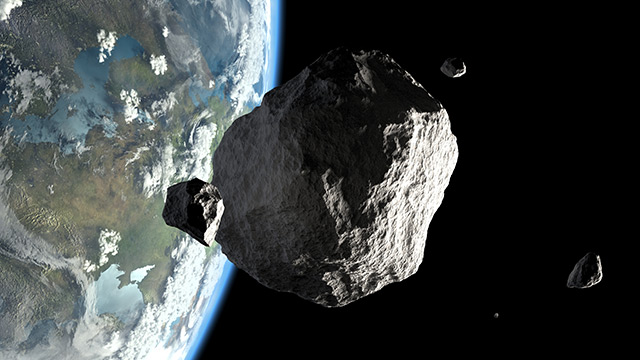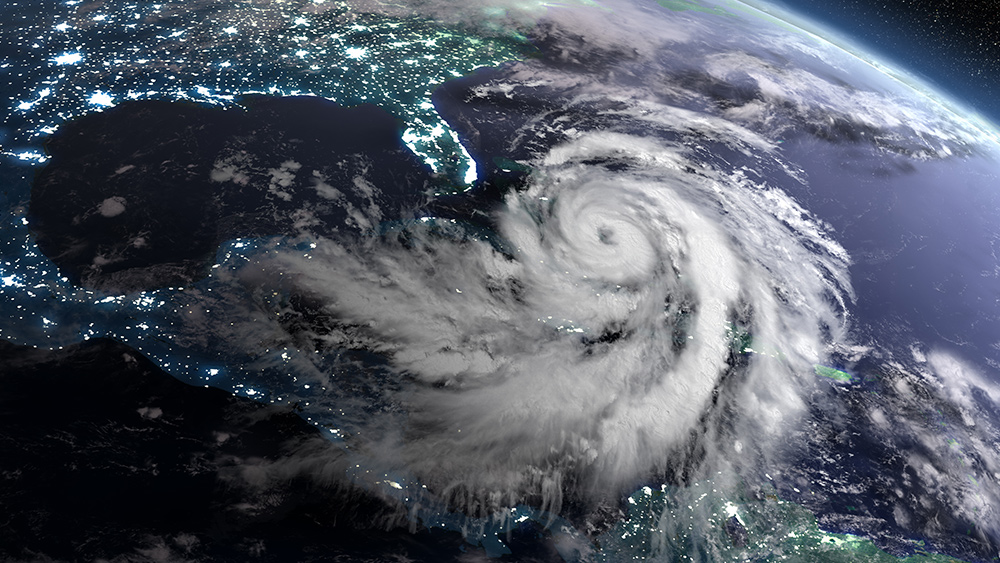NASA updates its plan to deflect potentially hazardous Earth-bound asteroids
08/26/2018 / By Edsel Cook

NASA has recently released the latest versions of its plans to stop an asteroid impact, reports an article in Space. Among other updates, the U.S. space agency said it would use unmanned spacecraft for its asteroid deflection mission.
The “National Near-Earth Object Preparedness Strategy and Action Plan” covered what NASA and the Federal Emergency Management Agency (FEMA) will do over the next decade. The space agency will detect incoming asteroids and deflect them away, while the federal agency is in charge of preparing the U.S. to handle the aftermath.
While the chances of an asteroid impact are low, the consequences are very dire. FEMA official Leviticus Lewis said that the U.S. needed to be prepared for all possibilities.
NASA planetary defense officer Lindley Johnson said that NASA is improving its ability to find dangerous asteroids and predict the chance of an impact threat. It is also analyzing the potential effects of an impact event on Earth so that federal and state agencies will know what to expect.
Johnson added that the future asteroid deflection spacecraft would be fully automated. Human astronauts are, in fact, not needed to save the Earth. (Related: Ancient stone carvings depict a massive comet strike 13,000 years ago that nearly made humans extinct.)
NASA is working to achieve the five goals of its asteroid deflection plan
The new plan encompassed five objectives. The first goal is a NASA-led effort to improve the ability of the U.S. to spot, follow, and identify near-Earth asteroids.
Many observatories and projects are dedicated to surveying the skies for asteroids and other near-Earth objects. NASA will look for additional partners in existing and future programs.
NASA’s second objective is to ensure relevant U.S. agencies can easily access asteroid impact modeling, prediction, and information. FEMA and other emergency management teams will have the knowledge they need to prepare for – and respond to – an asteroid impact.
The third step for NASA is to devise a way to deflect an incoming asteroid. The agency will need technologies that can be launched very quickly, approach near-Earth objects, and redirect the inbound asteroid so that it will no longer threaten Earth.
NASA is working on its Double Asteroid Redirection Test (DART), an unmanned space probe that will ram an asteroid at high speed. Slated for launch in 2021, the spacecraft will demonstrate the effectiveness of the kinetic impact technique on the near-Earth asteroid Didymos.
The fourth goal is to collaborate with other nations. NASA’s Planetary Defense Coordination Office has already partnered with its United Nations counterpart, the Committee on the Peaceful Uses of Outer Space.
Last but not least, the U.S. government would develop an emergency plan in case a near-Earth asteroid was either spotted early or struck the planet without warning. NASA and FEMA have developed emergency procedures that covered asteroid impact events.
FEMA will notify everyone in the expected area of effect through the existing emergency-alert system that lets the public know about child abduction and weather emergencies. The agency will also dispatch emergency responders and provide assistance.
There are more than 24,000 near-Earth asteroids that can devastate cities or even states
Astronomers have identified more than 8,000 near-Earth objects that are big enough to destroy entire states. There are at least twice as many smaller asteroids that can do significant damage to smaller regions.
One such smaller space rock exploded over Chelyabinsk, Russia in 2013. The meteor was the length of a bowling lane. It damaged buildings that were 58 miles (93 kilometers) away and hurt more than 1,200 people.
Having located the majority of the large asteroids, NASA is now looking for the smaller space rocks to prevent a repeat of the Chelyabinsk meteor.
Want to know more about NASA’s plans to stop any asteroids headed our way? Visit Space.news.
Sources include:
Tagged Under: Asteroid Deflection, asteroid deflection mission, asteroid deflection spacecraft, asteroid impact, asteroid interception, asteroid strike, astroid strike, astronomy, Double Asteroid Redirection Test, FEMA, NASA, near-Earth asteroids, outer space



















